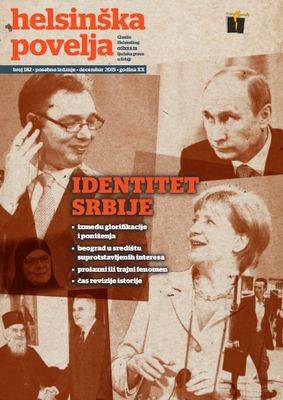
We kindly inform you that, as long as the subject affiliation of our 300.000+ articles is in progress, you might get unsufficient or no results on your third level or second level search. In this case, please broaden your search criteria.

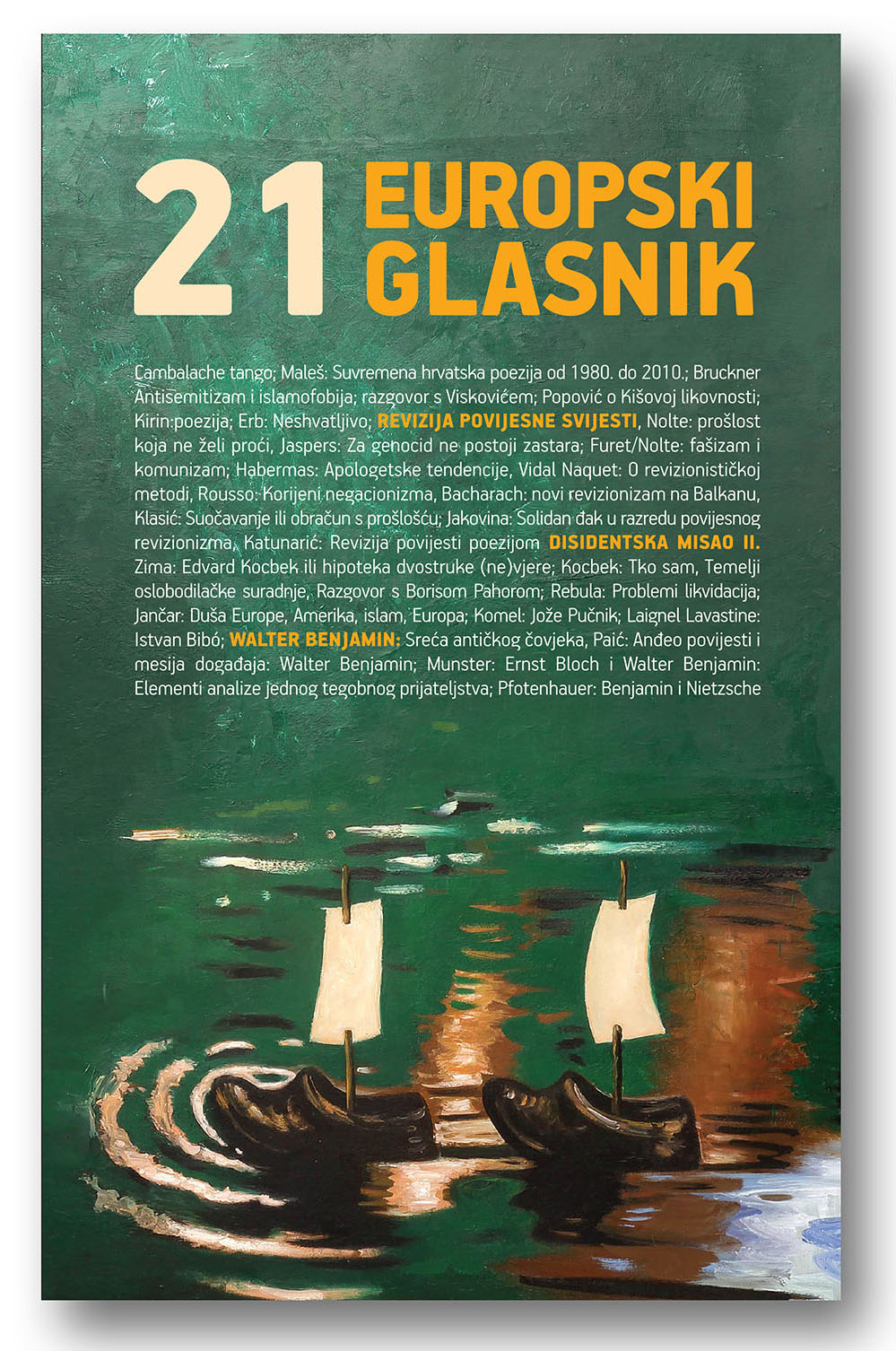
U Zagrebu je 25. listopada 2016. Mađarsko veleposlanstvo u Hrvatskoj organiziralo prijem, a događaj je uveličao nastup Pannon Filharmonikusok. Obilježavala su se dva događaja. Prvi je bio nacionalni praznik Mađarske, prisjećanje na zbivanja iz listopada 1956., na ono što Mađari danas bez ostatka nazivaju revolucijom i borbom za demokraciju. Drugi događaj obilježava se cijelu godinu u obje zemlje, a zbio se prije 450 godina.
More...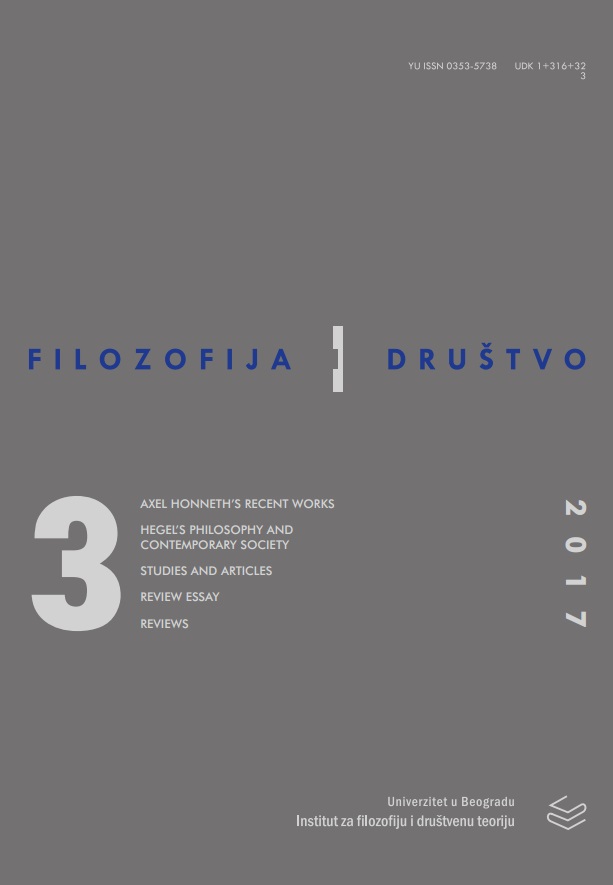
This paper explores the phenomenon of revisionism in historiography, while focusing in particular on illegitimate revisionism and negationism. It is indisputably true that historiography must be subject to constant revisions. Like all scientific theories, it needs to be characterized by a sort of “conservative” openness towards new ideas; however, revisions and negations are often put forward without scientific grounding. They reject the well-established historiographical methods, while opening themselves to various kinds of ideologies, biases and manipulations. The paper further offers a synthesized overview of the revisionist practice in dominant parts of the society and historiography in post-communist Serbia. The change in the ideological paradigm that occurred in the 1980s was accompanied by a politically motivated reinterpretation of the past, which primarily focused on World War II in Yugoslavia. In Serbia in the 1990s, Tito’s Partisans were no longer celebrated as national heroes and fighters against fascism; they were replaced by the royalist and nationalist Chetniks led by Draža Mihailović, whose collaboration with the occupying forces was purposefully glossed over. The nationalist interpretation of history and the new revisionist politics in Serbia were supported by the state and the activities of its three branches: legislative, executive and judicial. In spite of the political changes that took place in Serbia in 2000, the dominant nationalist matrix in historical interpretations and revisionist politics remained unchanged.
More...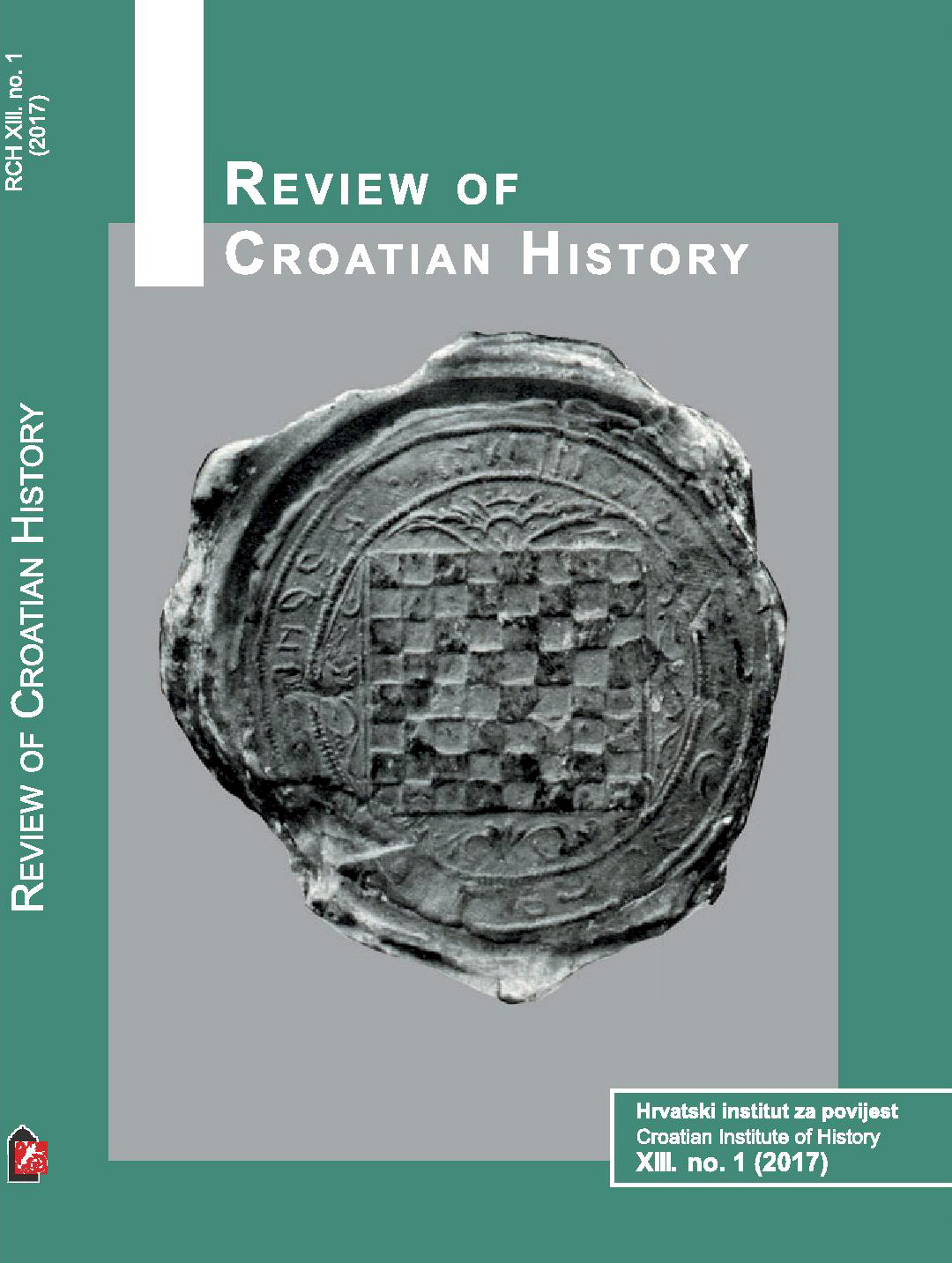
„In the Shadow of World War. The Ustasa’s mass violence against Serbs,Jews and Roma in Croatia, 1941 1945“. This is the title of the German first edition of a history book by Alexander Korb which appeared in 2013. The Englishand Italian translations will follow at the end of this year. In an interview with the author he mentions attacks on him by Serb nationalists who labelled him pro-Croatian, whilst at the same time he was awarded a prize by a Serbian cultural institution in Bonn. Dr. Korb is Associate Professor in Modern European History at Leicester University in England and is a specialist in genocide research.His interest in the history of Croatia has accompanied him since the beginning of his studies and as he speaks Czech, it was easier for him to learn the Croatian language. Reviewing the corresponding documents proceeded without problems. In his opinion, the Croatian nationalist Ustasa have been demonised by the Yugoslav historiography. It was a part of the founding myth of communist Yugoslavia that all Yugoslav ethnic groups fought against the occupying forces and their accomplices whilst only a few collaborateur acted against the interests of the people. The truth of the matter is that there was a civil war between 1941 and 1945 and there could be no hint of any unity between the various ethnic groups.The Ustasa movement had also non-fascist role models but in accordance with its self-perception its global outlook corresponded with that of the German and Italian fascists. In this connection, however, the author rejects the frequently misused term used by the communists of „Clero-fascism“. This is because it was the aim of the Ustasa to create a secular and not a religious state.The intention of the Ustasa to forcefully create an ethnically homogenous state failed because of its own shortcomings, because of the 6.3 million inhabitants some two million non-Croats lived in the territory of the Independent Stateof Croatia. Right from the beginning there was never any plan to destroy the Serbs. What did exist though were essays and papers on the creation of an ethnically homogenous Croatian state. Similar intentions existed in other European countries, likewise without any realistic basis. The frequently quoted claim that a third of the Serbs were to be catholicised, another third were to be expelled and the rest were to be murdered is simply not substantiated by any documentary evidence.After the creation of the Independent State of Croatia it took a year before any concessions by the Ustasa regime vis-a-vis the Serbs could be identified. Inits policy vis-a-vis the Jews, the Independent State of Croatia followed its German role model. Meanwhile, several thousand Jews managed to rescue themselve sby fleeing into the Italian zone of influence or into partisan-controlled areas. Protection was also granted through the regime’s willingness to grant„honorary Aryan“status to individuals who had served the Croatian people in one way or another. A small Jewish community in Zagreb survived the war until May, 1945.Relations between the Independent State of Croatia and Italy were for long on a „secret war-like footing“, whilst the German military either didn’t care about or had little regard for Croatian circumstances. However, the Germans were not talking with one voice. Some were supportive, others were critical of Pavelic’s regime. Hitler did not intervene, even though – as the author claims– „the Independent State of Croatia harmed German interests more than it benefited them“.According to Alexander Korb, the latest Yugoslav war opened up old wounds and deepened the rifts from the Second World War. Some symbols of the Ustasa remain part of the mainstream in Croatia. In answer to the question as to whether Croatia could learn from Germany’s coming to terms with the past in view of both countries’ experience with both nationalist and communist regimes, this is not suited in his opinion as an „export article“. Korb literally:„Croatian society is heavily polarised. Were one to recognise the crimes committed by its own side, for many that would feel like admittance of defeat and a political victory for the other side. But therein exactly lies the formula for success: to make a start at casting light on the darker sides of the history of ones own political situation.“
More...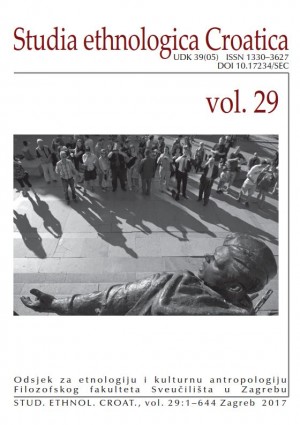
The paper proposes to analyze how the discourse of modernity has been providing for the historical reproduction of capitalist relations of production in the spheres of ideology, politics, science and culture, thereby maintaining the historical continuity of Western imperialism and neo-colonialism in disguised ideological forms. Particular emphasis is put on the historical analysis of the formation of post-WWII modernization discourse in social sciences as a politically grounded project and dominant scientific and cultural paradigm, whose ideological and explanatory matrix provided for the exclusion of the actual, given material relations of socio-economic, cultural and artistic production from the scientific analyses of the real historical processes. Particular importance is given to analysingthe manner in whichthe categories of modernity and modernism were conceptually appropriated by and interpolated within different forms of scientific, cultural and artistic production, in order to reveal the ideological mechanism underlying the processes of reconfiguration of ideological-political space in post-Yugoslav countries. Hence, the notion of historical revisionism is being taken as the key category underlying the analysis of current historicist interpretations of socialist historical legacy, which are premised on the general reductive presupposition that socialism historically had ensued exclusively from the so-called Western modernity project. By hypostatizing merely the modernist substratum of the entire historical legacy of Yugoslav socialism, the historicist formalism actually fits the current ideological matrix underlying the different forms of the ideological distortion and symbolic appropriation of socialist historical legacy, which we refer to as yet another form of historical revisionism. Moreover, the manner in which the historical phenomenon of Yugoslav antifascist memorials has recently been subjected to reductive formalist interpretations particularly indicates the extent to which a modernist-oriented historicism has been effective at converting them into depoliticized objects of revisionist historicization.
More...
The Paris Peace Treaty by which hostilities between Hungary and the Allied Powers were officially ended was signed on February 10, 1947. It consisted of eight articles covering territorial, military, economic, political and other terms. The paper focuses on the territorial decisions that restored the 1920 Trianon frontiers with a small rectification in favor of Czechoslovakia. The American, British, Soviet and French peace delegations were in complete accord that the 1920 Trianon bounderies should remain in force along Hungary’s frontiers with Austria, Yugoslavia and Czechoslovakia. With regard to Transylvania, however, a sharp discussion developed. The Western powers supported a compromise solution while the Soviet Union was opposed to any modification to the Hungarian–Roumanian frontier established at Trianon. Eventually the Soviet position prevailed. The decision was received with bitterness in Hungary but it did not cause hysteria. The majority in Hungarian society understood that neither a restoration of historic Hungary nor even a compromise solution based on ethnic principles was possible.
More...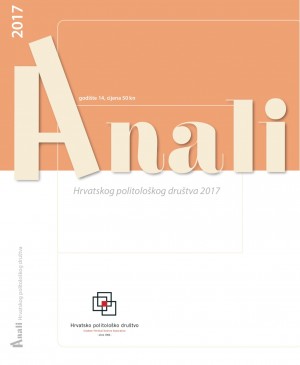
This article offers a comparison of the politics of history of WWII in Estonia and in Croatia after their independence. Following an introduction demonstrating how Estonian and Croatian national integrative processes were predominantly marked by their "pursuit" of independency, the main thesis is exposed – that the revisionist memory of Estonian and Croatian Axis fighters as "fighters for the nation and the state" has survived primarily due to the exclusivist understanding of the Soviet Union and Yugoslavia as the Greater-Russian or Greater-Serbian "dungeons" of Estonian and Croatian people, respectively. Although the official historical memory in both countries highlights the European anti-fascist heritage, the authorities’ reluctance to move away from the exclusive statehood politics of history serves to promote a positive interpretation of Estonian and Croatian fascism. The authors in conclusion depict the differences between the two countries and warn of the fatal consequences of the current European policies towards totalitarianism as a pattern for dealing with World War II, which are pushing Estonia and Croatia further away from facing the past.
More...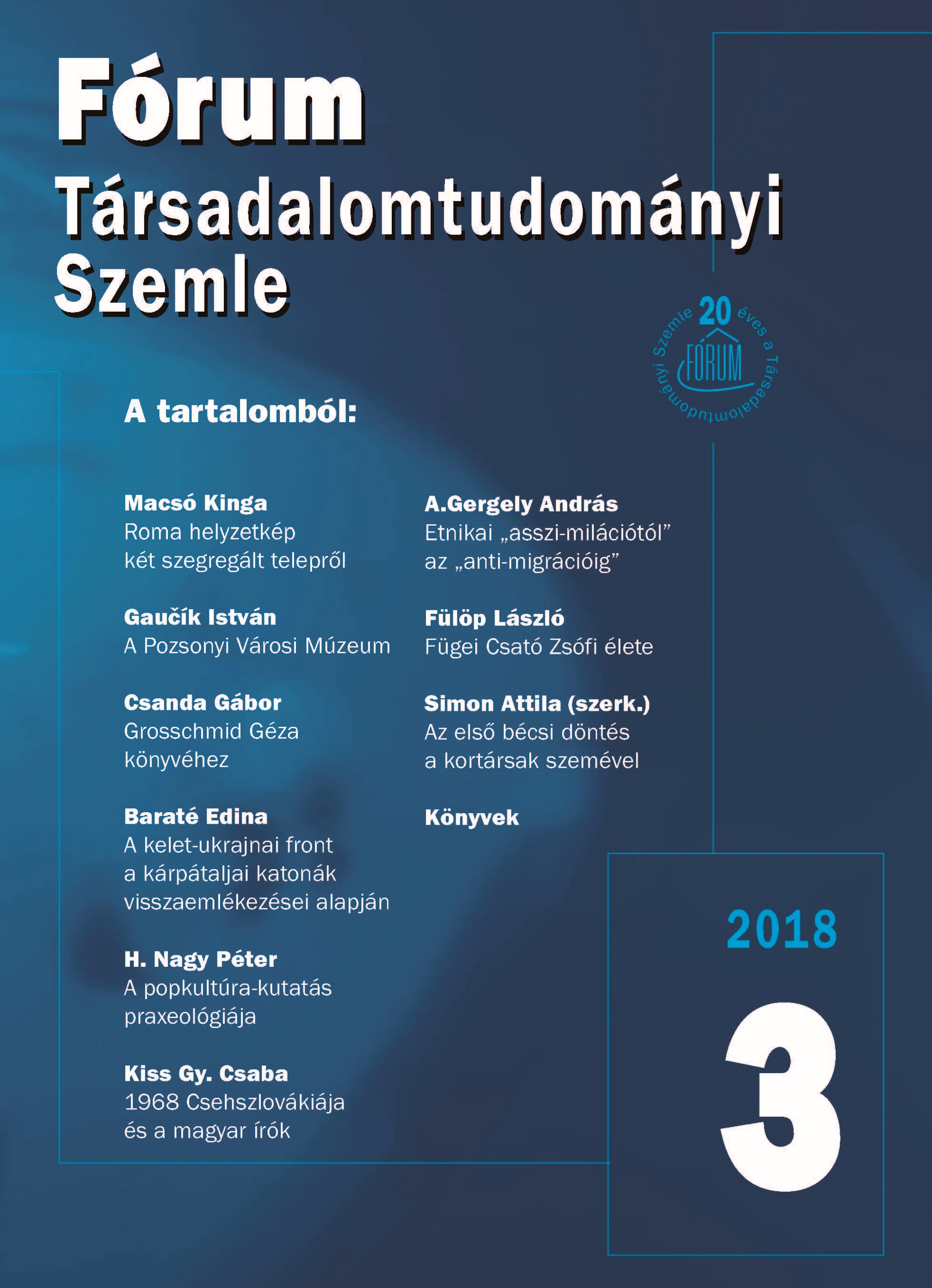
This collection of documents includes memoirs written after 2nd November 1938 by Hungarians living on Slovakia´s territory reannexed by Hungary under the First Vienna Award. The contemporary diarists express their euphoria over the reannexation and recall the ceremonial welcome of Hungarian soldiers back in the autumn of 1938.
More...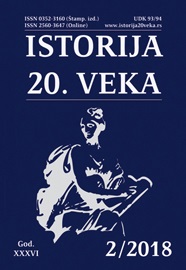
The Royalist resistance movement during the Second World War was represented by the Yugoslav Army in the Homeland (YAH), led by General Mihailović. It was an anti-Nazi military alliance based on patriotic sentiments created after the catastrophic defeat in the April 1941 war. What started as a small group of officers and soldiers of the former Yugoslav royalist army (a total of 26 men) who gathered on Ravna Gora on May 11, 1941, became a resistance movement that symbolized Serbian national ideology. History has remembered them as “Chetniks”. The appearance of Mihailović and his men met with enthusiasm in the “free world” as the first sign of resistance in occupied Yugoslavia. Praised and glorified at the beginning, they would be excluded from the Allied Coalition and stigmatized as “traitors” at the end of the war. The interpretation of the history of the YAH has been the most controversial issue of post–war Yugoslav historiography. Despite incontrovertible evidence of the YAH being a resistance movement, official narratives considered it Axis collaborators.
More...
This paper analyses the political views on the national question of Blagoje Nešković, prominent personality of Serbian Communist movement un til 1952. During World War II he was elected to the post of secretary of the Provincial Committee of the Communist Party of Yugoslavia for Serbia, after the liberation he was the secretary of the Central Committee of the Communist Party of Serbia and the Serbian prime minister until 1948. In 1952 he became Deputy Prime Minister of the Federal Republic of Yugoslavia, but soon he was accused for opportunistic policy implementation and cooperation with the Com inform, he was forced to resign all party posts and expelled from the Central Committee of Yugoslavia. His case raises many serious questions to explore, such as the freedom of expression of national positions in the new communist Yugoslavia and the position of the Serbian communist elite in relation to the communist elite of Yugoslavia. The Serbian elite were the least compact and the weakest in the new country and owned the highest mortgage from the war and the maximum load as the elite of the largest nation that would later be named the hegemonic. KPJ showed its readiness in order to deal with all those who were able to question the correctness of its policy. Blagoje Nešković was not a suitable person to support the national policy of weakening Serbia at the ex pense of strengthening of Yugoslavia. His dissent in national politics, disap proval of the purchase of policy implementation, representation of Serbian na tional interests and the growing political influence and disobedience led to con flict with Josip Broz Tito, and other political officials, whose policy was exactly the opposite.
More...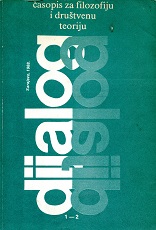
The text »The Three Funerals« is a part of Ian Kot’s biography, a famous theatre theorist, essayist and literature historian, the author of books of essays: Shakespeare our Contemporary, Eating of Gods, Theatre of Essence and other Essays, A Cage is Looking for a Bird. Ian Kot has an interesting biography. During the Second World War he was a member of Resistence Movement. From 1945 to 1950 he worked in the editorial of socrealistic magazine The Smithy«. He was one of the leading stalinists, then a disappointed communist and a critic of Stalinism. He left Poland in 1968 because of his antistalinist views, and settled in the United States. He thought at the most distinguished universities of Europe, America and Japan. In his autobiographical prose, published in fragments in various magazines, he deals with the problem of Stalinism in Poland, namely he talks about its causes and discusses the fate of some of the well-known stalinists.
More...
Reading through historical studies on Serbs and Serbia written during and after the wars of the Yugoslav succession (1991–1999) reveals many elements of a biased, one-sided narrative derived from various sources. This contribution looks at the ideological and nationalistic writings on “Greater Serbia”, “Greater Serbian nationalists”, “Serbian hegemony” produced by Croatian nationalists in interwar Yugoslavia and by Croatian Second World War émigrés, who were markedly anti-Yugoslav both in the monarchic and communist period and whose perspective has gained ground in Western Europe and the USA. These writings are often compatible with Albanian historiography produced under the Stalinist regime of Enver Hoxha. This simplistic and biased perception of the Serbs as endemic nationalists, communists and anti-Europeans, allegedly keen on establishing complete hegemony over other nations and minorities in Yugoslavia, has reappeared since 1991 not only in mass media but also in much of Western scholarship, strongly influenced by a black-and-white perspective on the dissolution of Yugoslavia. Such approach, fostered by some scholars from the former Yugoslavia, chime perfectly with the old stereotypes inherited from Austrian and German historiography on Kriegsschuldfrage which have found their way into American historiography in the post-1945 period. Many controversial interpretations (Noel Malcolm, Holm Sundhaussen, Tim Judah, James Gow, Robert Donia, Branimir Anzulovic, Stjepan Meštrović, Philip Cohen, Marcus Tanner, Sabrina Ramet etc.), have been designed to support some immediate political goals or geopolitical claims and have little to do with scholarship and intellectual rigour. Yet, many such works have become standard and wide-spread, albeit stereotyped, perception of the Serbs and their history in the Balkans.
More...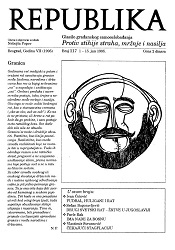
Jugoslavija je, u granicama pre Drugog svetskog rata, bila među nekoliko zemalja najvećih stradalnika rata, ratnih razaranja i genocida. Zato čudi nemaran odnos prema žrtavama' rata, za koji bi se mogli naći politički motivi, ali ne i opravdanja. U činjenici da nije ni pokušano da se u jedinom popisu žrtava rata prikupe podaci i o izvrši- ocima zločina, može se sagledati deo motiva tadašnjeg rukovodstva Jugoslavije: jedva smirene međunacionalne netrpeljivosti, koje su za vreme rata kulminirale, nije trebalo ponovo pokretati i stavljati u prvi plan. Tako odlagana ozbiljna analiza ratnih žrtava, sastavljanje spiska stradalnika, pa i identifikovanje krivaca i na najnižem nivou i, naravno, njihova osuda, stvorile su prostor za manipulaciju i preterivanja.
More...
This article explores the cultural significance of the “Munich myth”, focusing on the concept of “Western betrayal” and its connotations associated with the idea of destiny and sacrifice. It also examines how the myth influenced the formation of Czech national identity, especially during and shortly after the Second World War. Opening with an analysis of a poem by František Halas written in the midst of the Munich Conference, it also reviews a number of writings which increased the popularity of the ideas of betrayal and sacrifice and, as a result, have made them synonymous with the “Czech fate”: excerpts from the memoirs of Zdeněk Štĕpánek and Edvard Beneš, essays by Karel Kosík and Milan Kundera, and Bedřich Fučík’s literary criticism. The article concludes with a discussion of the key findings of the book Mnichovský komplex (The Munich Complex) by Jan Tesař, a polemic study discrediting and deconstructing the myth of the “Munich betrayal”.
More...
This article explores the cultural significance of the “Munich myth”, focusing on the concept of “Western betrayal” and its connotations associated with the idea of destiny and sacrifice. It also examines how the myth influenced the formation of Czech national identity, especially during and shortly after the Second World War. Opening with an analysis of a poem by František Halas written in the midst of the Munich Conference, it also reviews a number of writings which increased the popularity of the ideas of betrayal and sacrifice and, as a result, have made them synonymous with the “Czech fate”: excerpts from the memoirs of Zdeněk Štĕpánek and Edvard Beneš, essays by Karel Kosík and Milan Kundera, and Bedřich Fučík’s literary criticism. The article concludes with a discussion of the key findings of the book Mnichovský komplex (The Munich Complex) by Jan Tesař, a polemic study discrediting and deconstructing the myth of the “Munich betrayal”.
More...
This article is devoted to a specific political experience of Polish communists – Stalinist terror against their leadership in the second half of the 1930s and the dissolution of the Communist Party of Poland (KPP) following the resolution of the Presidium of the Comintern’s Execu¬tive Committee (16 August 1938). The study is based on the analysis of the biographies of 214 members of the Polish communist movement in the interwar period, 22 fellow travellers and five Red Army officers, all of whom were members of the Polish party-government elite in the years 1949–1956. The article presents the stories of seventeen people who were arrested and imprisoned during the Stalinist purges, as well as the cases of those who lost their significant others: spouses and relatives. The author shows how the com¬munists in Poland responded to the atmosphere of that time and how they reacted to the dissolution of the party. The last section of the article is devoted to the attitudes of members of the Polish party-government elite after the Second World War, when they actively participated in the establishment of the new socio-political order, and their collec¬tive memory related to the KPP’s fate. Going beyond the historical description, this paper makes an attempt to interpret the phenomenon under consideration as a generational experience and the key element of political socialisation which shaped their disposition to specific and ambiguous submissiveness to their Soviet patrons: an internalised faith in the system combined with an ability to accommodate.
More...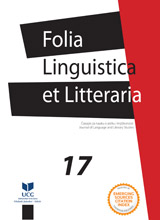
This paper examines the interaction between the physical and the historical in Octavia Butler's Kindred (1979). It focuses on Butler's envisioning of the heroine's body as a site of repressed traumatic memory and its potential to reconstruct the dominant national narrative in both historical and contemporary terms. Acknowledging the universal experience of trauma and its emotional scars, Butler's novel retrieves and rewrites the history of slavery from within the body of the oppressed. Analyzing the slave mentality concomitant to bodily dispossession through inflicted torture and sexual abuse, the paper shows that history is inevitably written in the body itself, emphasizing the fact that bodies interacting with history can never be removed from it. It also explores the de/reconstructive scope of the fantastic genre in conveying the historical immediacy and uncovering the resistance consciousness and its adept subversion of the power structures. Finally, it highlights the significance of the novel's time frame, characters' names, and geographic sites as the nexus between the individual and national history.
More...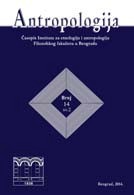
This article covers how Serbia is dealing with redressing historical injustice in its specific post-communist and post-war context. It is deliberately limited to the most relevant and controversial cases of rehabilitation: the rehabilitation of the Chetnik movement and the rehabilitation of their leader, General Draža Mihailović, whose role in history is being argued about. My aim is to show in what way is repairing historical injustice in Serbia ambiguous and how it reflects its contemporary political context more than it redresses past wrongs, perpetuating old Second World War divisions and creating new struggles over interpretations of history. The scope of this article is deliberately focused on the analysis of the context in which the debates take place and is neither reproducing in details the polemics nor is confronting historical facts. This article illustrates the thesis that repairing historical injustice in Serbia is a highly politicized and ambiguous process which creates new paradoxes and controversies as well as new regional tensions.
More...